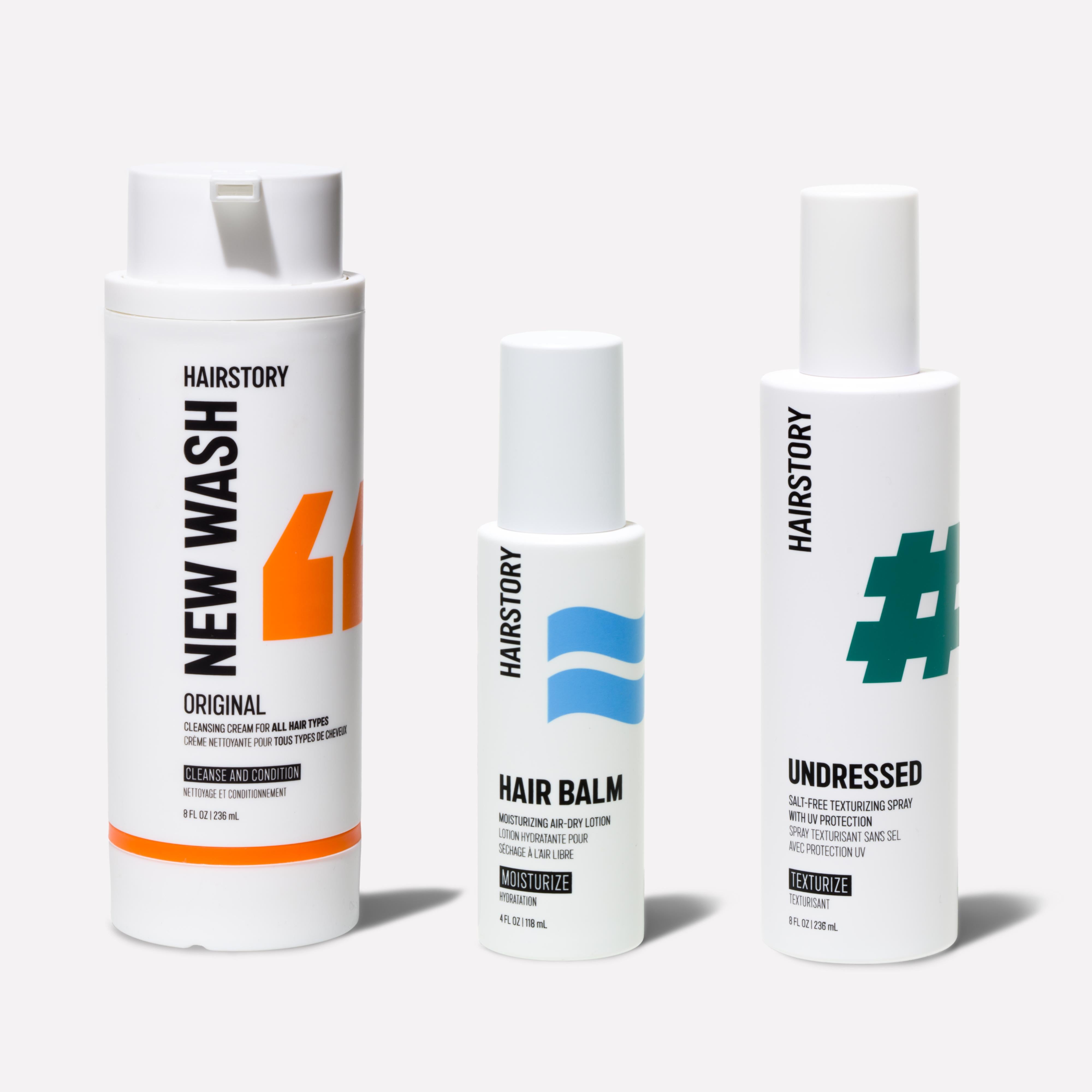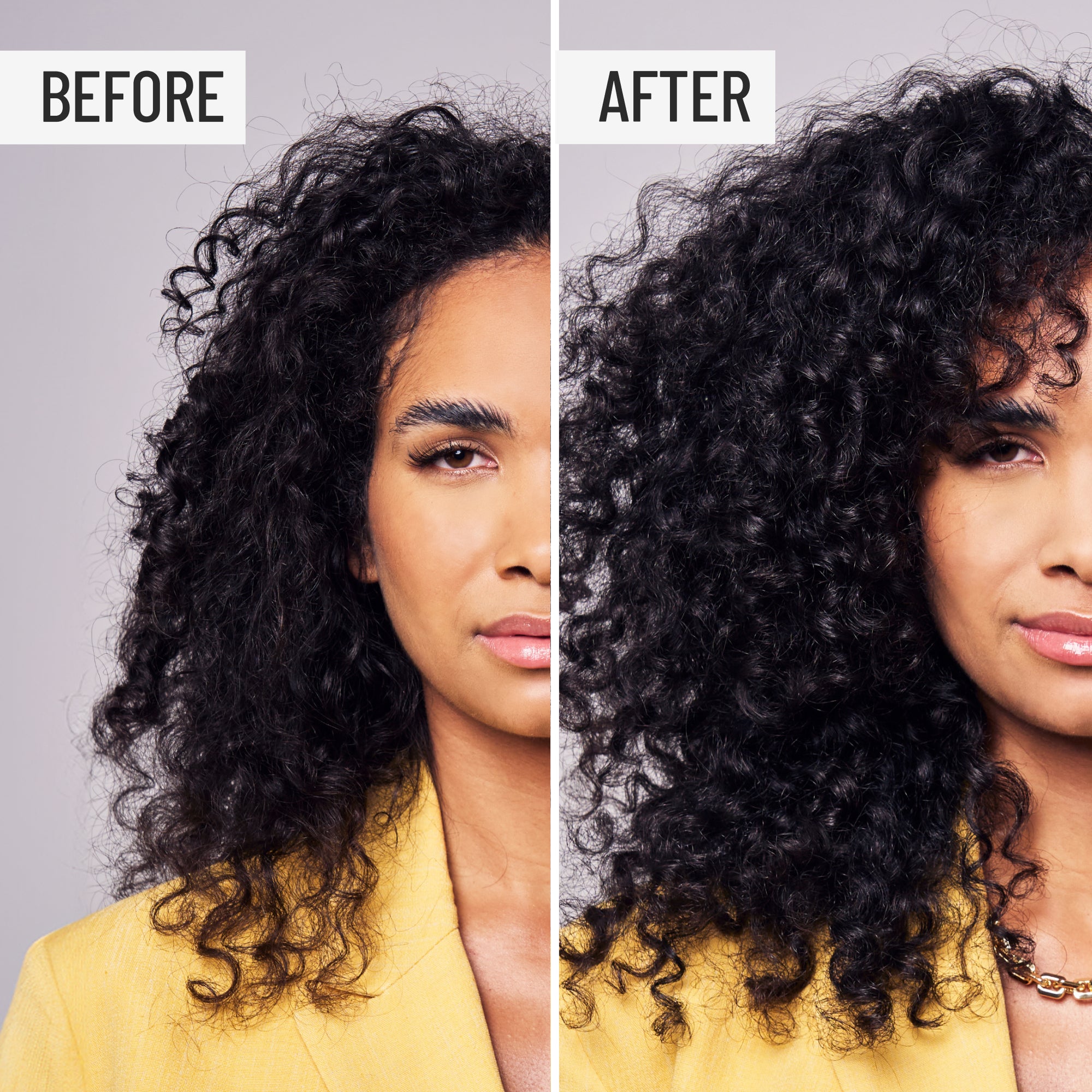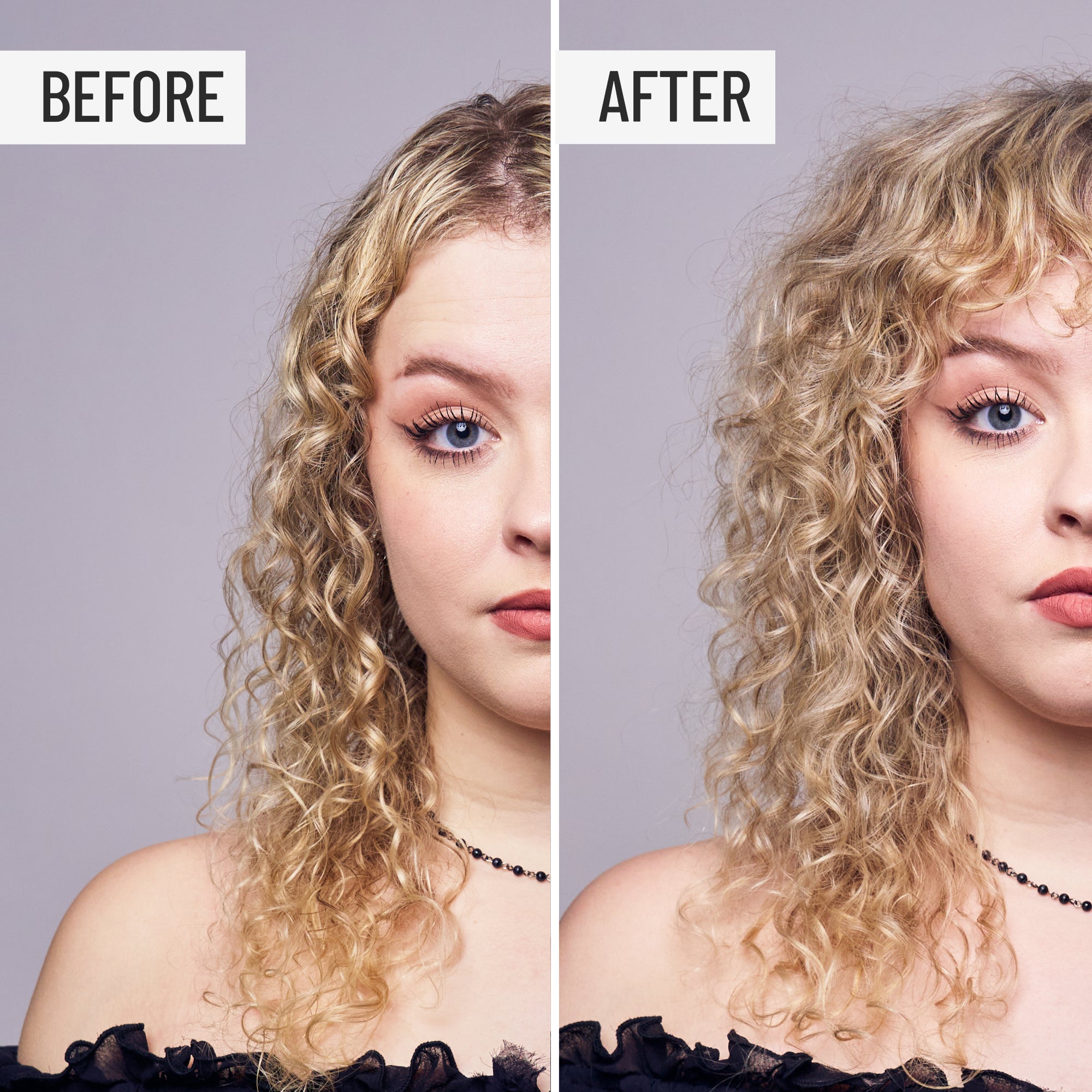How (not) to Wash Your Hair With Baking Soda
Baking soda is great in your cakes, grills, fridge, laundry, shoe rack, and a hundred other places people find it useful for baking, scrubbing, and absorbing. Baking Soda is also perfectly natural – Sodium bicarbonate is a type of salt and consists of tiny crystals – but that doesn’t mean it’s good for your hair or your scalp.
The “no shampoo” or “no poo shampoo” movement goes beyond a mere trend as more and more of us seek less synthetic options for personal care that are kinder to our bodies and to the environment. These no poo shampoo and low poo shampoo methods are supposed to offer eco-friendly hair care options. Experiments with various non-commercial alternatives abound, but not all succeed. One of those failed experiments is washing hair with baking soda, and as the no-poo movement marches on, let’s agree to leave this trend behind.
Read on to discover how baking soda can remove build-up, why its pH is ill-suited for hair and skin, and to illustrate its powerful nature, we’ve turned a ‘con’ into a ‘pro’ with some recipes to remove color or hair dye that didn’t look the way you expected it to.
Baking Soda For Hair
Baking soda dissolved in water is used to remove the buildup of oils, silicones, waxes, and other common haircare ingredients. Popularized by those concerned about the synthetic nature of commercial shampoos, baking soda is good at targeting oil and might also seem like a natural solution for dealing with stubborn oily hair.
In addition, the crystalline consistency of baking soda is commonly recommended as an exfoliant in DIY recipes when added to an oil or a conditioner to help remove dry skin and debris from the scalp.
The common practice is to use baking soda daily (gasp) or weekly (at most!) in lieu of a clarifying shampoo. However, scientific evidence does not support this, and neither do we.
The common practice is to use baking soda daily (gasp) or weekly (at most!) in lieu of a clarifying shampoo. However, scientific evidence does not support this, according to Medical News Today, and neither do we. So, is it safe to wash your hair with baking soda? Let’s get into the risks of washing hair with baking soda primarily caused by a problem of pH.
All About PH (No PH.D. Required)
Human hair and skin are protected by a layer of salt, water, and oil called the ‘acid mantle’ that is happiest at a pH of around 5 and is easily disrupted by anything with a pH over 7, which is both neutral and the pH of water. Research suggests that using products a hair product on the scalp with a pH above 5.5 might be damaging.
Baking soda has a pH of about 9, which is considered a strong alkali or base, and far more alkaline than commercial shampoos. Extremely alkaline solutions cause the bonds between the protein molecules that hair is made of to break down and eventually dissolve completely.
Haircare products with increased pH levels can exacerbate static and friction in your hair which can also lead to damaged hair – and frizz.
High pH also opens up the hair cuticles, which can cause two problems:
- Hair will absorb water, which is good in moderation, but too much water can weaken it.
- Cuticles that flare open and stay open allow water to evaporate and cause hair to become dry and brittle.
All of this is why many DIY baking soda recipes involve a two-step process of applying baking soda to your hair, rinsing, then applying diluted apple cider vinegar and rinsing again.
Now you may be thinking: Is apple cider vinegar good for your hair? Not necessarily – an apple cider vinegar rinse is required to return the pH to the proper acidity level, but it can traumatize hair and scalp to undergo such dramatic shifts in pH so suddenly.
If you’re still determined to give baking soda a go, keep this in mind: Dilution is not the solution. One tablespoon of baking soda diluted in two cups of water has a pH of 9.5 and lowers only fractionally to 9.0 when diluted in 20 cups of water.
Caution: Using baking soda to cleanse your hair is equivalent to putting it through a chemical bleaching process every time you wash.
Dryness
The whole point of trying baking soda as an alternative to regular shampoo is to use kinder ingredients, but don’t be fooled. Baking soda doesn’t have a kind crystal in its box and ‘cleanser’ sounds too polite a description. Much more aggressive than any commercial shampoo, both strip away the protective oil secreted by your glands – the ideal conditioner for your scalp and hair as it travels down the shaft being absorbed by typically thirstier ends. Chronic deficiency, which naturally happens by the time we’re elderly, can lead to chronic dryness that requires constant conditioning.
The Abrasion Equation
If you look closely, baking soda is a powder of tiny, sharp crystals, and massaging it with any force into the hair or scalp may cause abrasions to the skin, and tear delicate hair fibers leading to frizz, split ends, and eventually breakage.
The HSP (Highly Sensitive Person)
The Color Caution
Here’s how:
A Recipe for removing hair color (temporary to semi-permanent)
1½ cup of water
1 tbsp. Apple cider vinegar
5 drops fragrant essential oil (whatever your preference) Steps:
- Dissolve the baking soda in ½ cup of the water.
- Wet your hair and apply the mixture.
- Work into hair and leave in for about 10 minutes.
- Rinse thoroughly with water.
A recipe for removing spot hair color (temporary to semi-permanent)
2 tbsp. baking soda Steps:
- Combine in a bowl until smooth.
- Apply to colored areas.
- Leave it on for 15-20 minutes.
- Wash hair with shampoo and condition well.
In short: “I was able to stretch my washes out to every other day for the first time since junior high. Then it was every three days, and finally every four… When I started to notice short sections of hair along the very top of my head I wanted to believe it was new hair growth… My hair was feeling a little dry, and I tried a shampoo bar instead to help its texture… that’s when the severity of the damage really became clear. For almost two whole years, hair that had been damaged slowly broke off, from the top layer all the way down to the nape… It was heartbreaking.” Even the self-described ‘Hippy Homemaker’ learned the soda lesson the hard way and shares her no-poo woes here.
Can You Reverse Hair Damage?
There are simple rules for preventing dryness and damage, but if it’s too late, you can still improve the look and feel of baking soda- baked hair, but be aware that there’s nothing in your kitchen, our labs, or on this Earth that will actually repair hair and restore its original condition.
Your hair emergency kit should involve these ingredients, primarily oil, oil, and more oil:
- Coconut oil helps to seal in moisture as it penetrates the deeper layers of dry hair.
- Jojoba oil mimics the oil produced by the scalp and helps to balance oil production and moisturize.
- Argan oil has both cleansing and conditioning properties that also helps to balance oil.
- Sweet Almond oil has anti-inflammatory properties, is high in antioxidants, and restores moisture and elasticity.
In addition, Aloe Vera contains an enzyme that stimulates hair follicles to produce healthier growth while soothing the scalp, poor thing.
Warm up your oil mixture with a few seconds in the microwave or in a bowl over hot water and let them sit in your hair for an hour or two, or better yet overnight.
Get used to wearing styles close to the head for a while or in a low-tension ponytail or bun so you don’t damage it further; it may take a few washes to get the oil out completely, and you’ll want to go easy on the washing for several weeks.
Alternatively, turn to a rich leave-in conditioner and never go without it for a while. Hairstory Hair Balm has been known to save many a fried mane with proteins, vitamin E, and a host of essential oils.
Fortunately, Hairstory also has cleansing options that warmly welcome seekers of all types to the post-shampoo era. Rather than take risks with shampoo alternatives such as baking soda, New Wash is a sound choice with a blend of Aloe Vera, essential oils, and plant extracts – instead of detergent – to safely satisfy even the most ardent no-poo purist.































